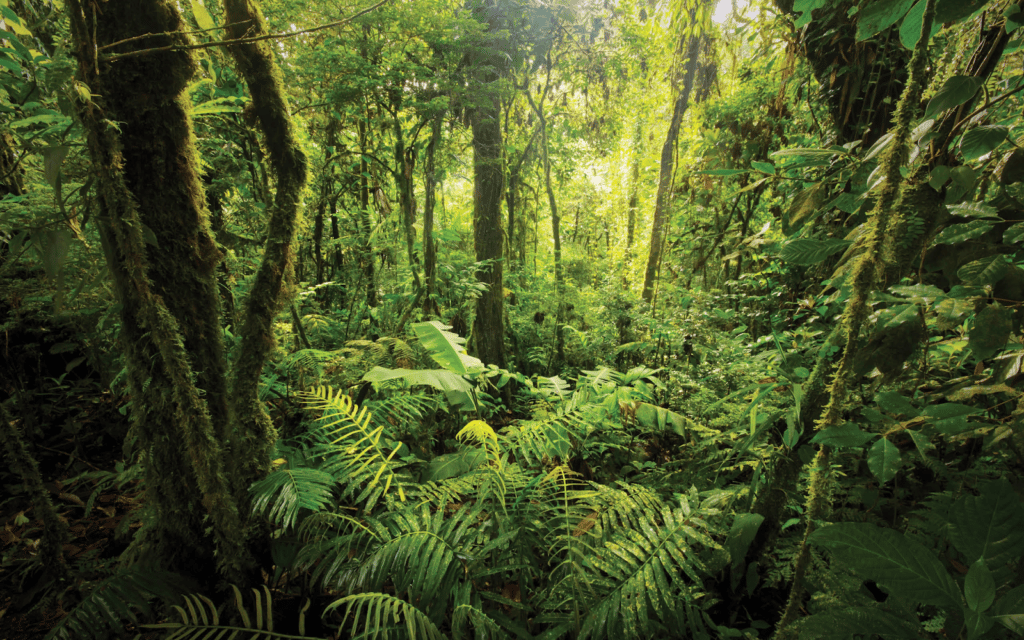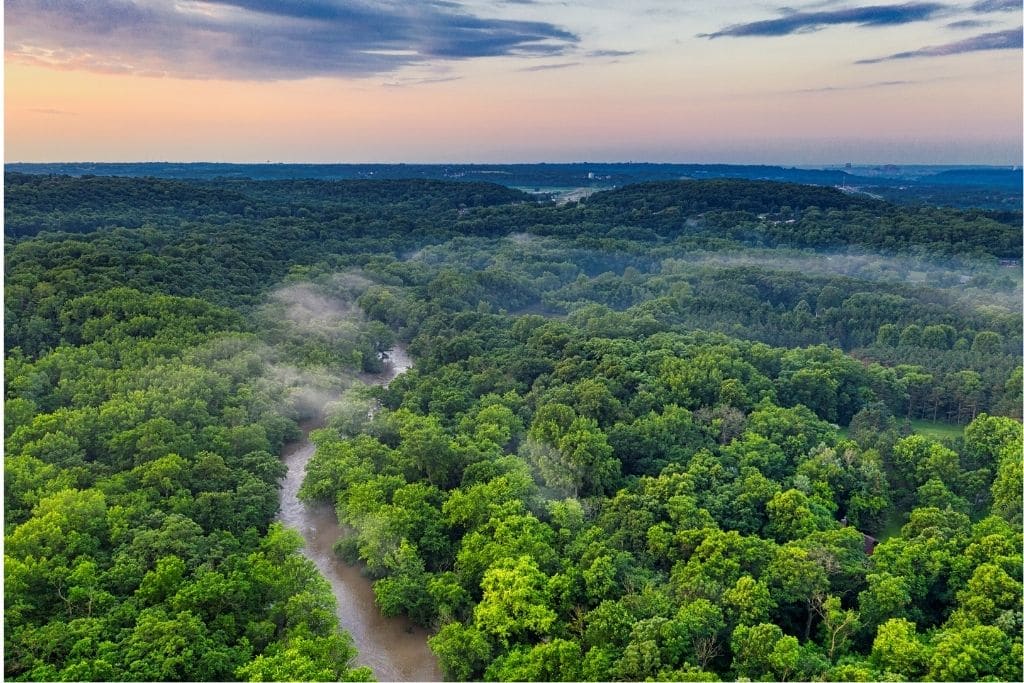Continuing to plant forest monocultures under carbon offset schemes is not only an inefficient way to mitigate against climate change but it is a missed opportunity to promote biodiversity, adapt against anthropogenic disturbances and provide economic benefits.
—
The release of carbon to the atmosphere is currently occurring at the highest rate in over 66 million years. Despite a recent reduction in carbon dioxide emissions due to the coronavirus pandemic, emissions are now showing signs of rebounding back up to pre-COVID-19 levels. The changing climate is becoming an increasingly prominent driver in the current ecological crisis by creating hostile conditions in which many species cannot adapt quickly enough, and are being forced into extinction as a result.
Ecological diversity is integral to creating resilient ecosystems that will be less vulnerable to the onset of ecological tipping points triggered by climate change. Tree planting has fast become one of the most popular climate mitigation solutions and is used by many countries to reduce their carbon emissions and meet national targets and international pledges such as the 2015 Paris Agreement.
However, many of these carbon offset schemes consider the forests as a short-term economic asset with one aim: to sequester a given mass of carbon for the lowest price which commonly involves growing forest monocultures. The problem with this approach is that it compartmentalises the climate and biodiversity emergencies, making it much more inefficient compared to growing mixed-species forests that harmonises both the goals and actions of both crises and attempts to solve them holistically.


Image: Examples of a eucalyptus monoculture forest in Brazil (above) and the Amazon rainforest in Brazil (below)
Improving Biodiversity
Studying agricultural environments has shown how crop monocultures commonly result in sterile, inhospitable environments. Monoculture forests are similar to crop monocultures in which they both have low habitat heterogeneity, therefore contain few ecological niches unlike mixed-species forests which generally facilitate many niches and support more complex mutualistic interactions between species. A study in northern Europe has shown that replacing monoculture forest with mixed-species forest can result in an increase in the number of forest dwelling species of 78%.
Current priorities of carbon offset schemes mean that investors often neglect to acknowledge the possible improvements to biodiversity while maintaining a tunnel vision approach to achieve their carbon goals. However, in December 2020, the Intergovernmental Panel on Climate Change (IPCC) and the Intergovernmental Panel on Science-Policy Platform on Biodiversity and Ecosystem Services (IPBES) had their first ever joint workshop, suggesting that decision-making may already be taking a new approach of tackling climate change and biodiversity loss together.
Climate Regulation
Monoculture forests are often planted under the false premise that they can store more carbon than mixed-species forests due to them not having different species compete with each other for resources. However, research suggests that having a larger number of different tree species in a forest in fact increases the quantity of carbon that can be sequestered.
Despite strong evidence showing the greater carbon storage capacity of mixed-species forests, many projects focusing on carbon capture still decide to plant monoculture forest. For example, The Bonn Challenge which involves over 60 countries and plans to plant 350 million hectares of forest by 2030 has decided that 45% of plantings will be monoculture forest perhaps because it is perceived as the simplest method for planting on a large scale.
Economic Costs and Benefits
Aside from their intrinsic value, diverse ecosystems also provide ecosystem services which help form the backbone of the global economy. Ecosystem services from the four billion hectares of global forest cover have been estimated to be around $125-140 trillion per year. Based on these figures, the 4.10 million hectares of new forest planted globally each year has the potential to generate approximately $140 billion in ecosystem services. The cost of planting mixed-species forest instead of monocultures is also minimal with costs only being around 1.5% higher over a given area of land.
The increased ability of mixed-species forests in providing ecosystem services compared to monocultures, such as through their abilities to capture carbon, reduce flooding, stop the spread of disease and pests in addition to many others, makes them extremely valuable. The benefits of these numerous ecosystem services of mixed-species forests therefore greatly outweighs the minimal additional costs compared to monocultures, giving them a much higher return on investment. Many tree planting schemes fail to recognise the value of maintaining these ecosystem services and plan to use their monocultures commercially to make short-term financial profits. This degrades the ecosystem, does not sustain economic gains and fails to offset the carbon that it was initially intended to sequester.
Implementation
To encourage carbon offset schemes to use mixed-species planting rather than monocultures, a system needs to be established that will put more value on biodiversity. This could perhaps be done through certification schemes for tree plantings that meet minimum biodiversity standards to help investors understand the sustainability of their choices. Offset schemes could also be established in a way that provides social benefits such as through the planting of mixed-species fruit trees to form urban orchards run by local communities.
Remote sensing technologies such as LiDAR could become extremely useful for understanding structures and processes in forests and accurately determine the value of forest ecosystem services which could persuade governments to issue subsidies based on the value of forest services.

Image: LiDAR system used to calculate the amount of carbon stored in forests in Peru. Source: Global Airborne Observatory
Despite the benefits of mixed-species forests, some forest regions such as boreal forests, naturally contain low tree species richness. It is important not to introduce non-native species to these ecosystems as this can lead to species becoming invasive and ultimately degrading the entire system.
Although tree planting remains one of the most effective techniques for climate adaptation and mitigation, further research is still needed to understand which combinations of tree species work best on local scales. Diverse forests need to be viewed as an integral part of the ecological framework that shapes the life support system needed to sustain a stable living environment.


















